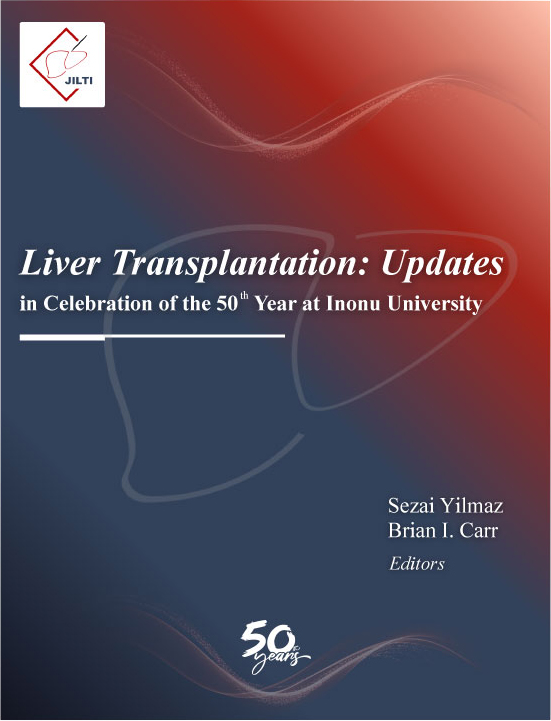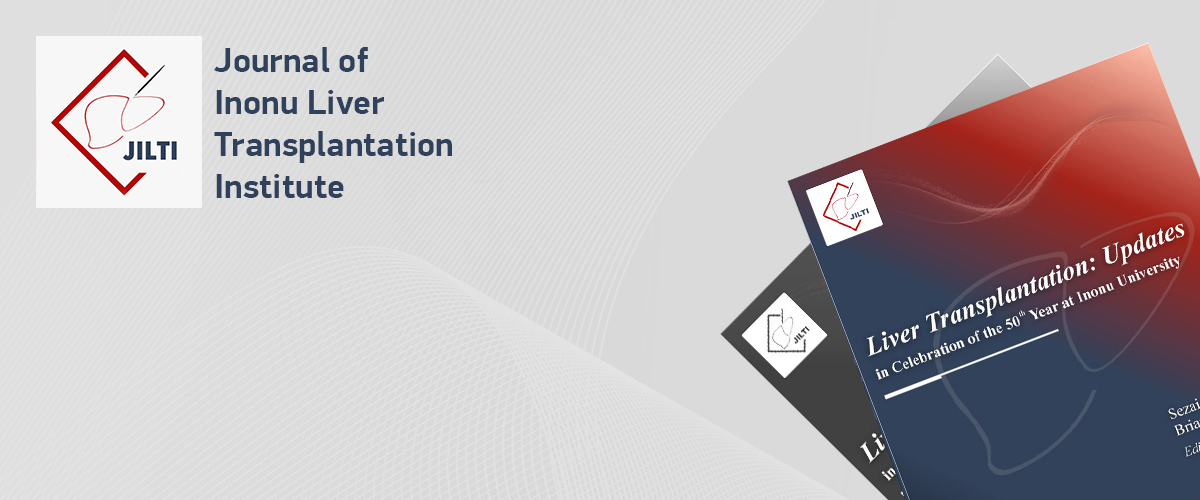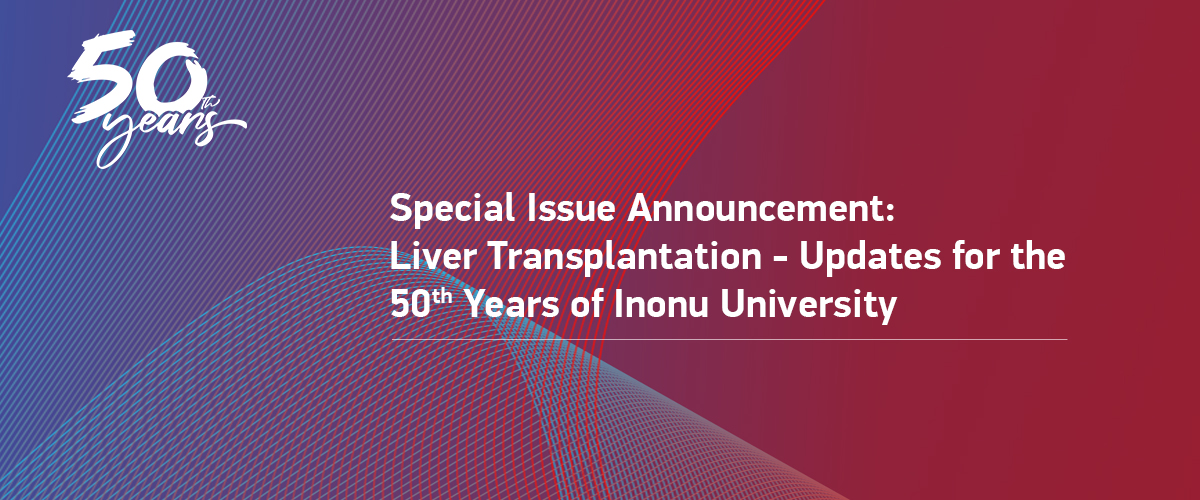Non-Alcoholic Fatty Liver Disease in Living Liver Transplantation: Defatting Strategies
Sena Guzel Karahan1, Volkan Ince21Department Clinical Pharmacy, Faculty of Pharmacy, Inonu University, Malatya, Türkiye2Department General Surgery, Liver Transplantation Institute, Inonu University, Malatya, Türkiye
Liver transplantation (LT) is the only treatment option saving lives of the patients who have end-stage liver failure. The disparity between the number of patients waiting for transplantation and that of available cadaveric donors is increasingly being bridged through living donors. However, considering the post-transplantation process, graft selection remains a critical determinant of post-transplant outcomes. Despite the high demand and mortality on waiting lists, numerous donors are rejected due to non-alcoholic fatty liver disease (NAFLD). Consequently, defatting strategies are vital and promising for addressing organ shortage. NAFLD might recur following the transplantation or develop de novo in patients who underwent transplantation operation for other liver diseases. The development of de novo or recurrent NAFLD is closely related with metabolic risk factors and use of immunosuppressive medications by recipients. However, no pharmacological treatment specifically approved for NAFLD exists. Therefore, a multidisciplinary approach is necessary both before and after LT. This review aims to evaluate strategies for preventing NAFLD and implementing defatting techniques in living liver transplant donors and recipients.
Keywords: Living liver transplantation, NAFLD, defatting strategy
Manuscript Language: English





